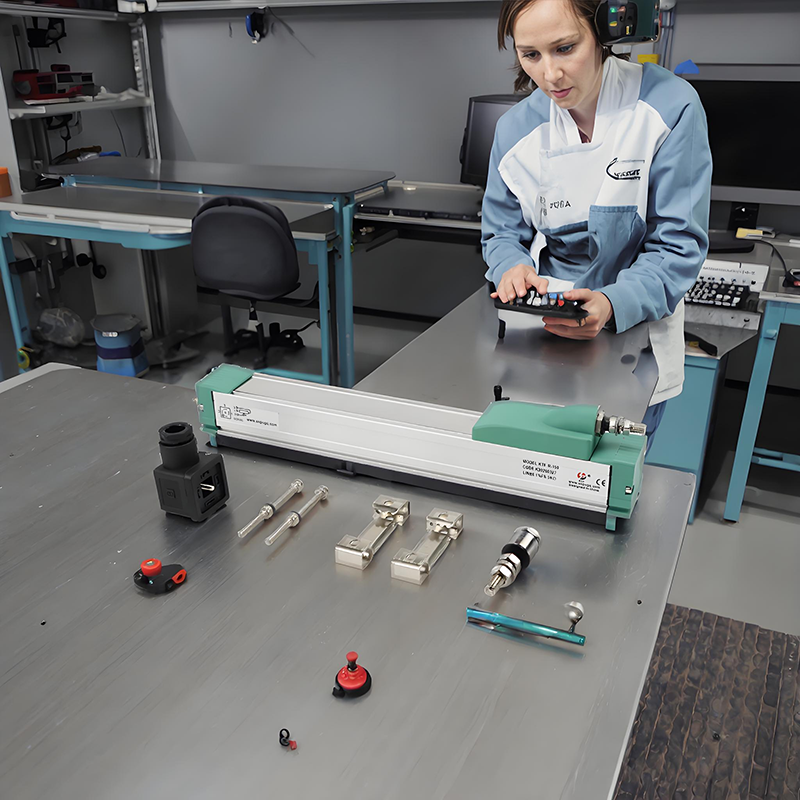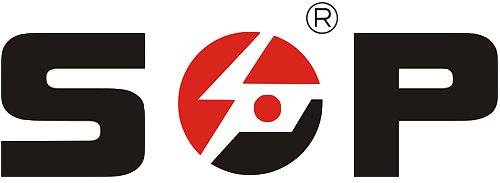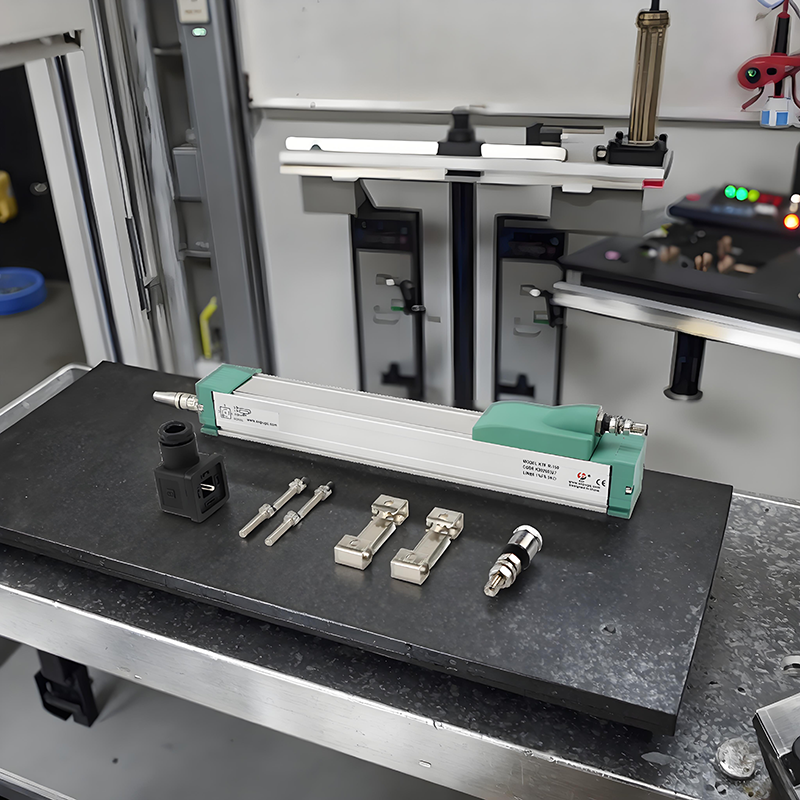Essential Guide to Linear Displacement Sensor Accuracy Testing
Linear displacement sensors are critical components in modern industrial automation and measurement systems. Their ability to precisely measure position changes and movement makes them indispensable in applications ranging from manufacturing to aerospace. However, the effectiveness of these sensors hinges entirely on their accuracy. Understanding how to properly test and verify sensor accuracy ensures reliable performance and helps maintain quality control in various applications.
Testing linear displacement sensors requires a systematic approach that combines proper equipment setup, environmental control, and precise measurement techniques. Whether you're working with LVDTs, potentiometric sensors, or magnetostrictive devices, the fundamental principles of accuracy testing remain consistent. This comprehensive guide will walk you through the essential steps and considerations for achieving reliable test results.
Preparation and Environmental Considerations
Controlled Testing Environment
The testing environment plays a crucial role in the accuracy of linear displacement sensors. Temperature fluctuations, electromagnetic interference, and mechanical vibrations can significantly impact measurement results. Establish a controlled testing area with stable temperature conditions, typically maintained at 20°C ±1°C. Shield the testing setup from electromagnetic sources and ensure the mounting surface is vibration-free.
Proper air circulation and humidity control are equally important. Maintain relative humidity between 40% and 60% to prevent static electricity buildup and ensure consistent measurements. Consider using an environmental chamber for critical applications where precise control over these parameters is essential.
Equipment Calibration Requirements
Before beginning any accuracy tests, ensure all measurement equipment is properly calibrated. This includes reference measurement devices, power supplies, and data acquisition systems. Use calibration standards traceable to national or international standards organizations. Document calibration certificates and verification dates for quality assurance purposes.
Establish a regular calibration schedule for all testing equipment, typically every 6-12 months depending on usage frequency and environmental conditions. This helps maintain measurement integrity and ensures compliance with industry standards and regulatory requirements.
Testing Methodology and Procedures
Static Measurement Protocol
Static accuracy testing involves measuring sensor output at fixed positions throughout its measurement range. Begin with a minimum of 10 equally spaced points across the full stroke length. At each position, allow the system to stabilize before recording measurements. Take multiple readings at each point to account for any system noise or variations.
Calculate the average reading at each position and compare it to the known reference position. Document any deviations from the expected values, paying particular attention to linearity, repeatability, and hysteresis characteristics. These measurements form the foundation for determining the sensor's overall accuracy specification.
Dynamic Performance Evaluation
Dynamic testing assesses the sensor's response to movement at various speeds and accelerations. Implement controlled motion profiles using precision stages or actuators. Start with slow movements and gradually increase speed to evaluate frequency response and dynamic error characteristics. Record both position data and timing information to analyze the sensor's dynamic performance.
Pay special attention to settling time, overshoot, and any position-dependent variations in dynamic response. These factors are crucial for applications requiring rapid movement or precise position control. Document the maximum speed at which the sensor maintains specified accuracy levels.
Data Analysis and Validation
Statistical Analysis Methods
Apply appropriate statistical techniques to analyze test data and quantify measurement uncertainty. Calculate standard deviation, mean error, and confidence intervals for the collected measurements. Use regression analysis to evaluate linearity and determine correction factors if necessary. Consider implementing automated data analysis tools to process large datasets efficiently.
Create detailed error maps showing deviation patterns across the measurement range. This information helps identify any systematic errors or position-dependent variations that might require compensation. Document all analysis methods and maintain raw data for future reference.

Error Compensation Techniques
Based on the analysis results, develop appropriate error compensation strategies. This might include lookup tables, polynomial corrections, or real-time algorithmic adjustments. Verify the effectiveness of compensation methods through additional testing cycles. Document all compensation parameters and implementation details for future reference.
Consider environmental factors when implementing compensation strategies. Temperature effects, in particular, often require specific compensation algorithms. Validate compensation effectiveness across the full operating temperature range specified for the application.
Documentation and Reporting
Test Report Structure
Create comprehensive test reports that include all relevant information about the testing process. Document environmental conditions, equipment used, test procedures, and analysis methods. Include raw data, processed results, and any observations or anomalies noted during testing. Maintain clear traceability between test results and specific sensor units.
Organize reports in a standardized format that facilitates easy comparison between different test runs or sensor units. Include graphical representations of key performance parameters and error distributions. Ensure all reports are properly archived and accessible for future reference.
Certification Requirements
Address any specific certification requirements relevant to the application or industry. This might include compliance with ISO standards, industry-specific regulations, or customer specifications. Document all certification-related procedures and maintain appropriate records for audit purposes.
Establish clear criteria for pass/fail decisions based on accuracy specifications and application requirements. Include uncertainty calculations and measurement traceability information in certification documentation. Keep records of all certification decisions and supporting data.
Frequently Asked Questions
What factors most significantly affect linear displacement sensor accuracy?
Temperature variations, electromagnetic interference, mechanical mounting alignment, and signal conditioning quality are among the most critical factors affecting sensor accuracy. Environmental stability and proper installation procedures are essential for maintaining specified performance levels.
How often should accuracy testing be performed?
Regular accuracy testing should be conducted at intervals determined by application requirements, typically ranging from monthly to annually. More frequent testing may be necessary in harsh environments or critical applications where sensor drift could impact system performance.
What are the common sources of measurement error in linear displacement sensing?
Common error sources include mechanical misalignment, temperature effects, electrical noise, sensor non-linearity, and mounting stress. Understanding these factors helps in developing effective testing and compensation strategies for optimal sensor performance.
How can long-term stability of linear displacement sensors be verified?
Long-term stability can be verified through periodic calibration checks, trend analysis of historical data, and continuous monitoring of key performance indicators. Implementing regular maintenance schedules and maintaining detailed records helps track sensor performance over time.

